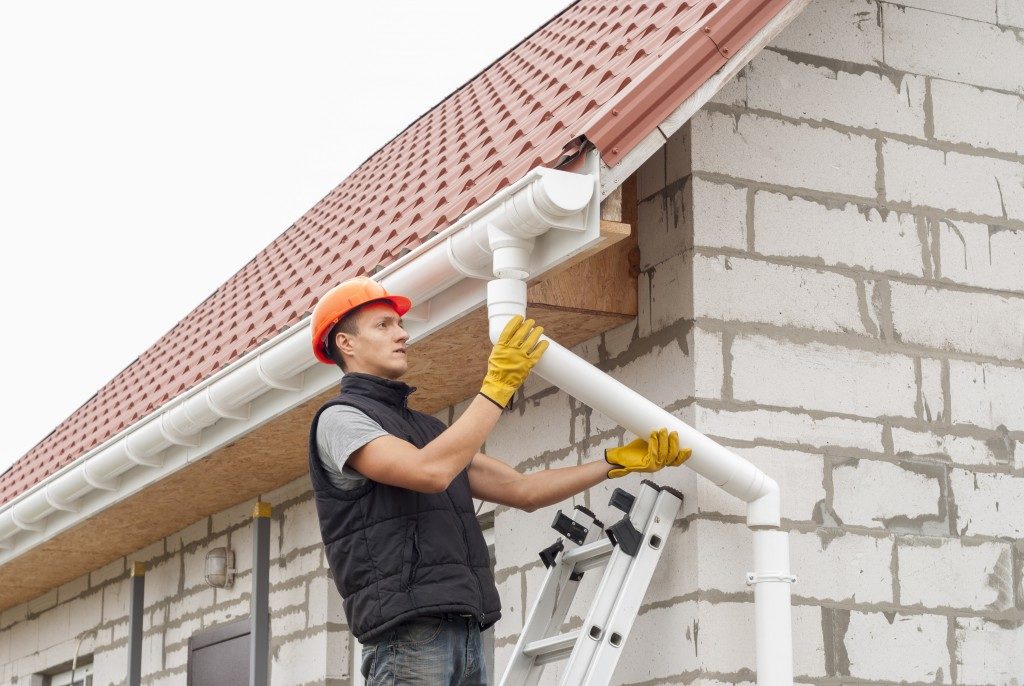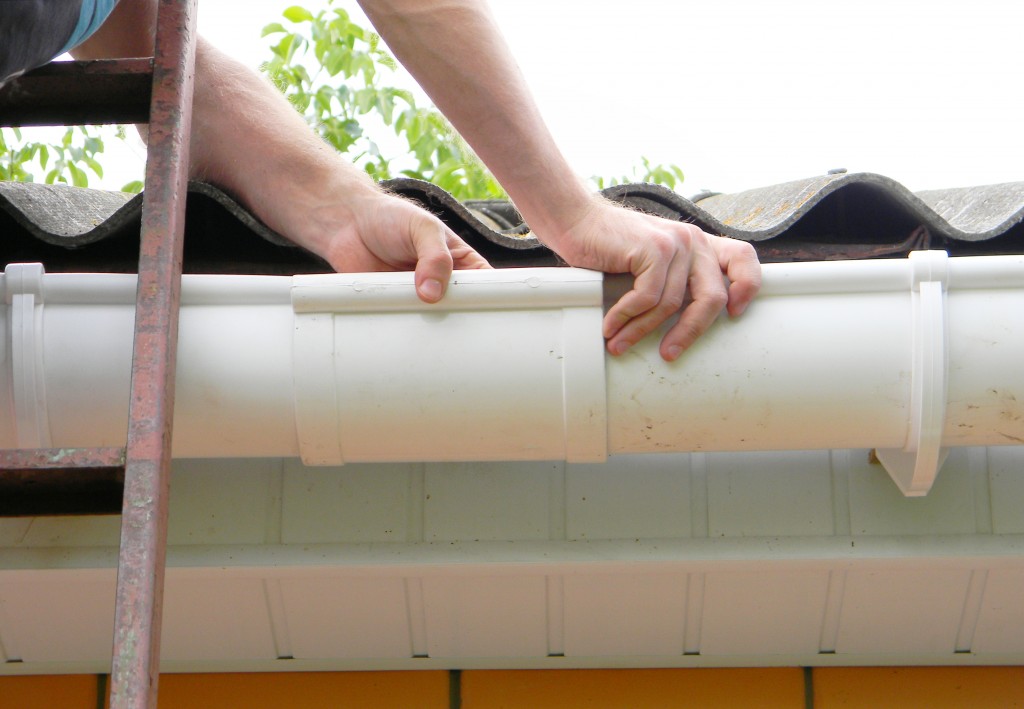Disclaimer: This website provides health information for educational purposes only and is not a substitute for professional medical advice, diagnosis, or treatment. Always seek the guidance of a qualified healthcare provider with any questions you may have.
One of the crucial implements for all commercial and residential properties nowadays is a gutter. This will protect your property’s foundation from water damage and exterior paint from fading. This does not, however, mean that any gutter in the market installed will suffice for your property. Different aspects should be carefully considered during the selection and installation of rain gutters.
One of the critical aspects a metal roof specialist will center on when helping you choose a gutter is its size. Metal roofs will generally shed water faster compared to other options since it is non-porous. As such, the ideal size for gutters in metal roofing will not be the same as that which can adequately protect properties with other roofing material. The following are the dimensions that will guide your choice of gutters for metal roofing.
Roof Pitch Factor
Gutters installed on steep roofing pitch will often be easily blown away by strong winds. To minimize the risk of this affecting your gutters, you should get the proper gutter size for your roof’s pitch. The roof pitch is measured from the roof’s underside to its midpoint which is generally a 12-inch run. If for instance, you have a gap of five inches then your roof’s pitch is denoted as a 5-in-12 roof pitch factor. This will be specified on the rain gutters.
Outlet Spacing and Sizing
The gutters should have an adequate outlet size so that rainwater and melted snow does not overrun them or accumulate on them and lead to their sagging. The size of the downspout should be less than that of the gutter’s bottom width to guarantee this. The norm in most cases is to allow a square inch outlet opening in gutters for each 100-square feet of your roof’s area.
Gutter Slope

This denotes the incline of your rain gutters. An adequate gutters’ slope will allow the proper drainage of your rainwater. The standard practice is to leave an allowance of ¼’’ drop on each ten feet gutter measurement towards the downspout. An ideal slope also averts the accumulation of rainwater on your gutters and in-breeding of mosquitoes on the gutters.
Gutter Capacity
This denotes how much rainfall your gutters can hold. The best gutter capacity for your area will depend on the area’s rain and snow falls. There exist standard measurements for gutter capacity, but sometimes none of them will suffice for your property. There are however different options for increasing the capacity of the one that is closest to your intended capacity. Increasing its pitch and adding downspouts will generally work in most cases.
After getting the ideal numbers for the dimensions above for your gutters, picking an excellent mounting system will be your next step. The under mount is the most common professional mounting option for gutters nowadays. Here, your gutters are attached to the fascia board and eaves using L-shaped brackets. The primary drawback of this mounting option is that the brackets will be visible from the ground. Back mounting is the other option commonly used for property owners looking for a less visible mounting option.




